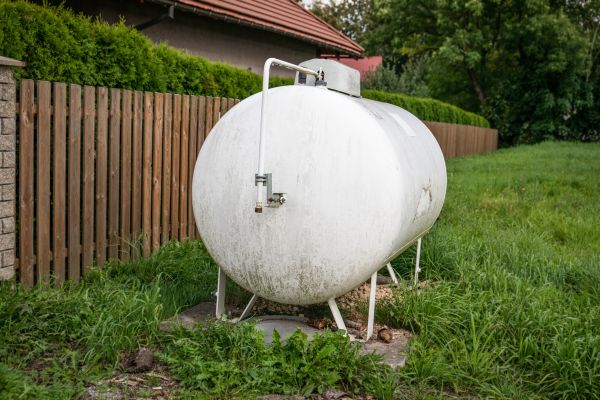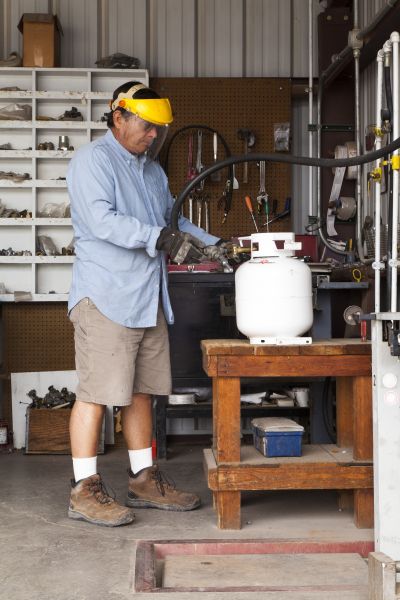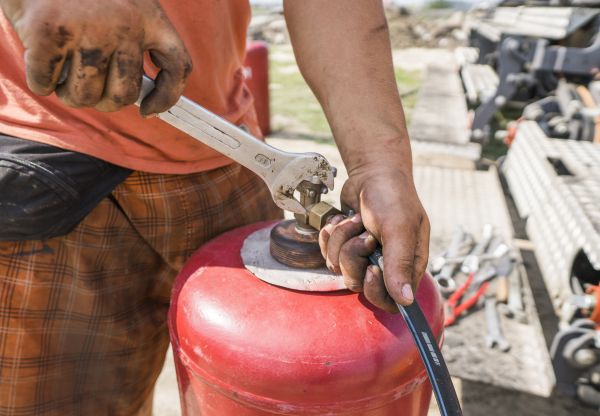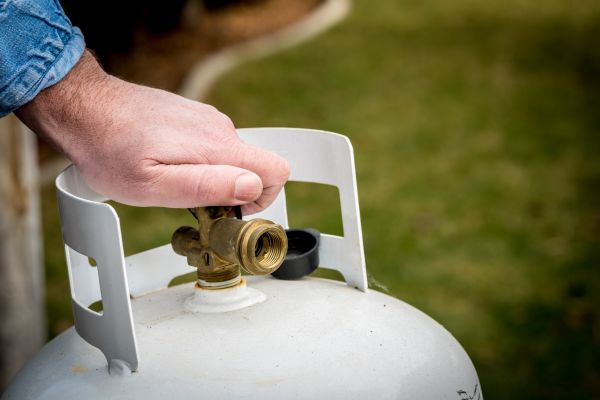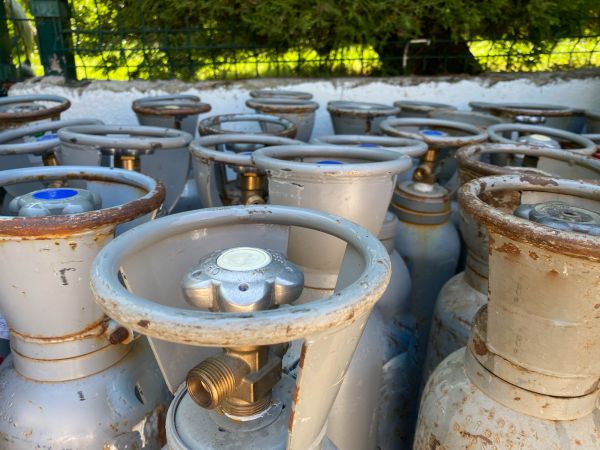Why should I consider removing my propane tank?
Removing an unused or old propane tank can eliminate potential safety hazards, free up space, and allow you to transition to a different energy source or upgrade to a more efficient system.
What is involved in the propane tank removal process?
The process typically includes safely disconnecting the tank from any gas lines, removing the tank from your property, and ensuring proper disposal or recycling according to local regulations.
Is it necessary to hire a professional for propane tank removal?
Yes, hiring a professional is highly recommended. Propane tank removal involves handling hazardous materials, and professionals have the expertise and equipment to perform the job safely and in compliance with regulations.
What do I need to do before the removal process begins?
Before the removal, ensure that the tank is empty or close to empty. Your service provider may offer assistance with this. Additionally, clear any obstructions around the tank to provide easy access for the removal team.
How long does it take to remove a propane tank?
The removal process can vary depending on the size and location of the tank, but typically it takes a few hours to complete.
Will there be any damage to my property during the removal?
Professionals take care to minimize any impact on your property during the removal process. In some cases, minor landscaping repairs may be needed, which the service provider can usually handle.
Do I need a permit for propane tank removal?
Permits may be required depending on your local regulations. It's important to check with local authorities or consult your service provider to ensure all necessary permits are obtained.
What happens to the old propane tank after removal?
The removed tank is usually taken to a certified facility for proper disposal or recycling. Some components may be repurposed or sold as scrap metal.
